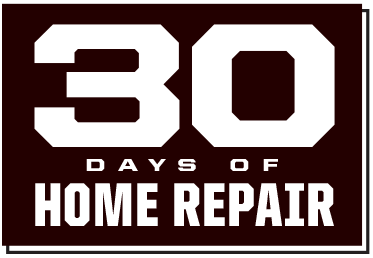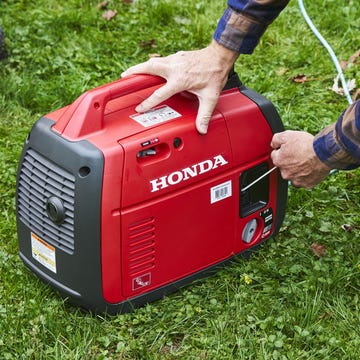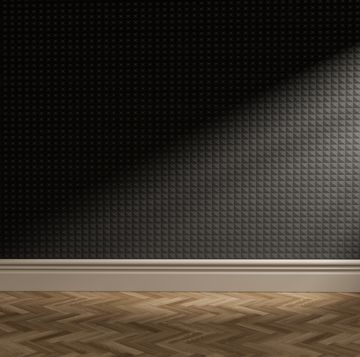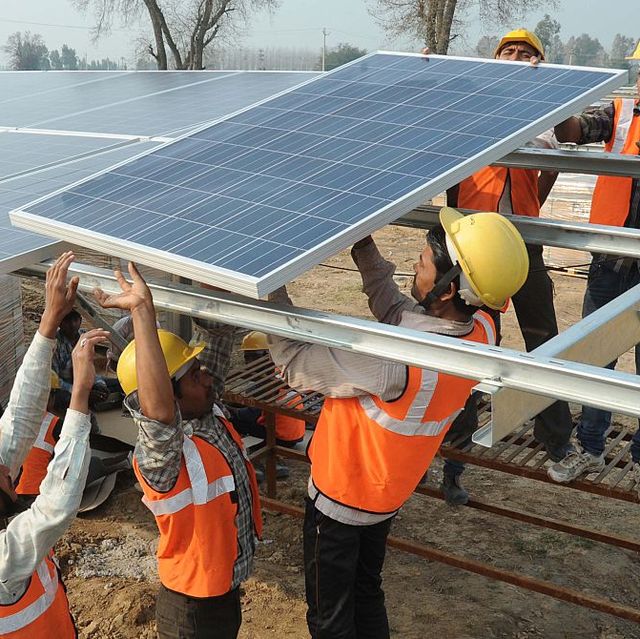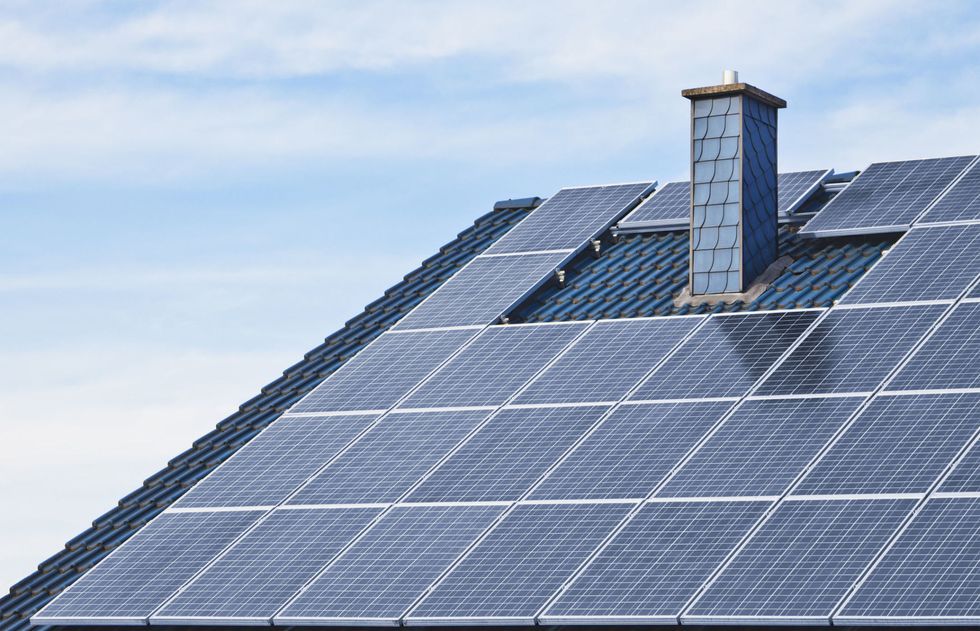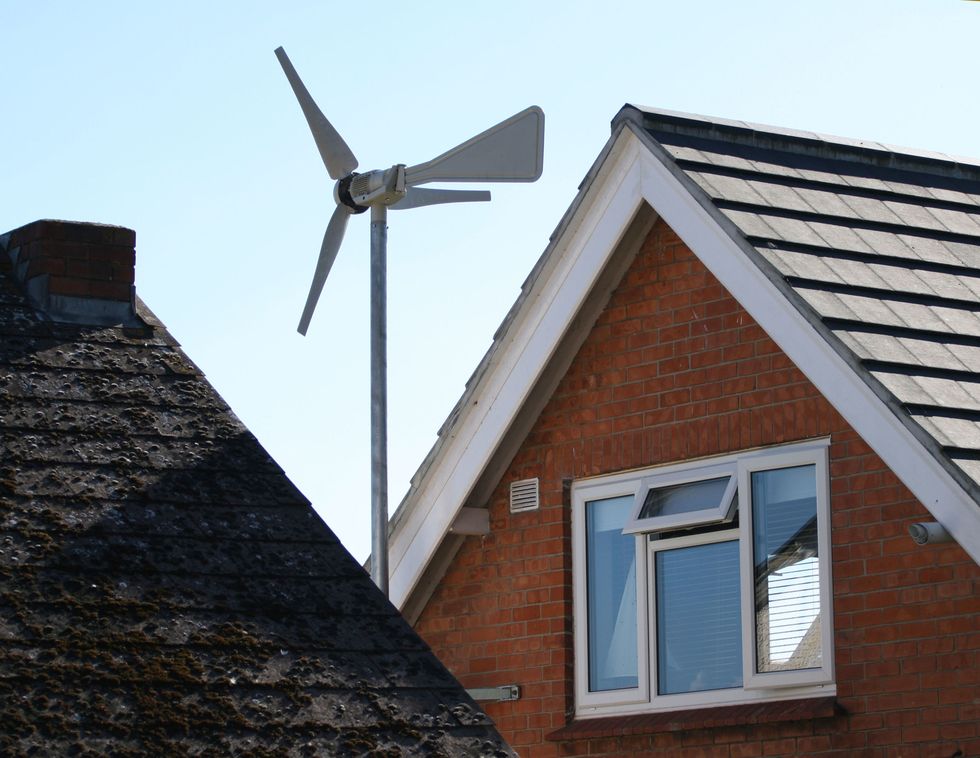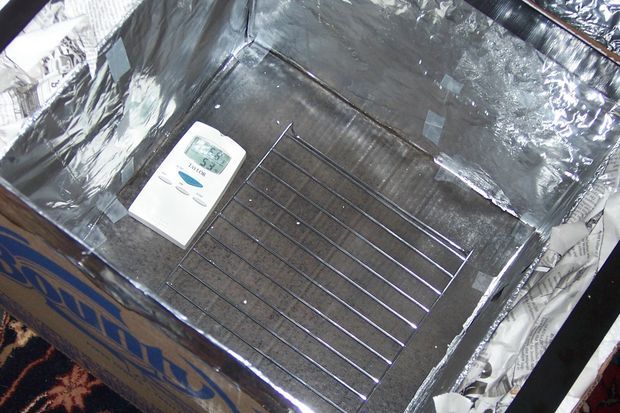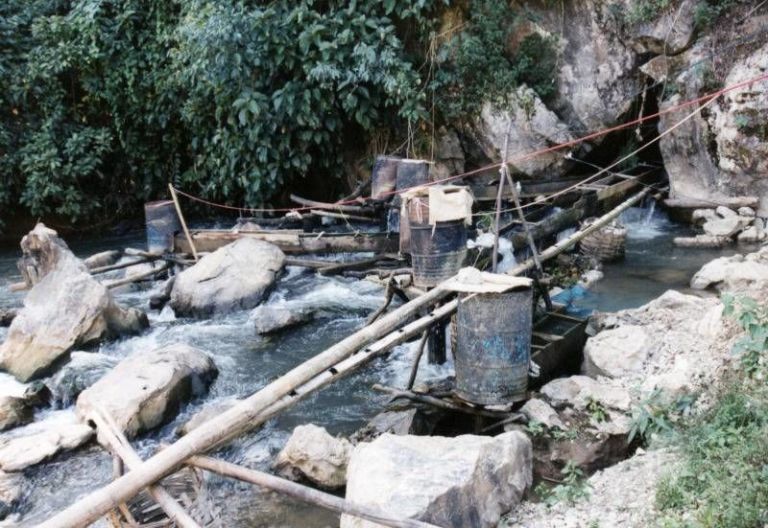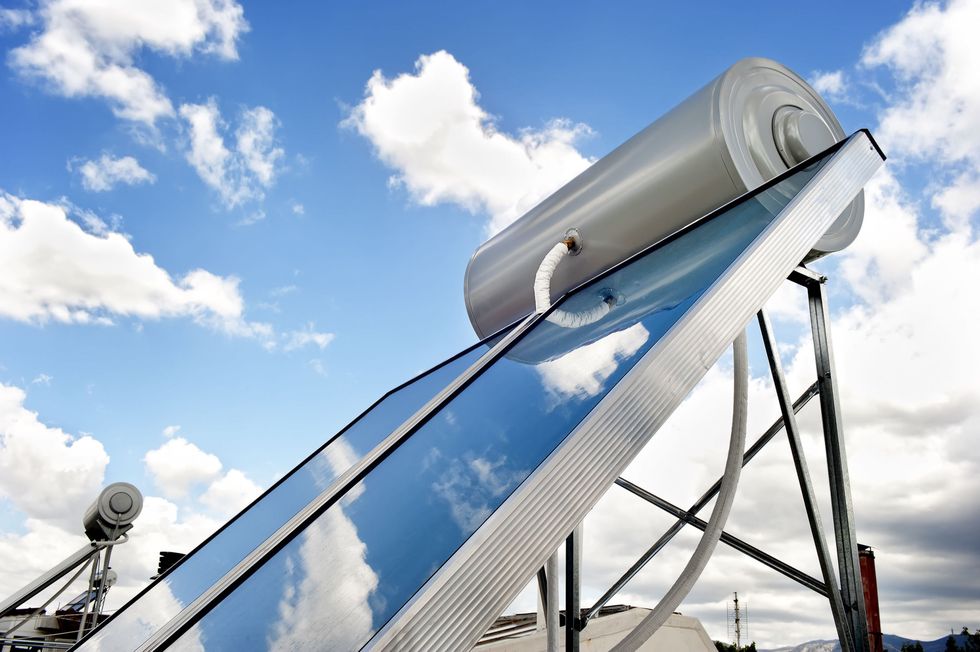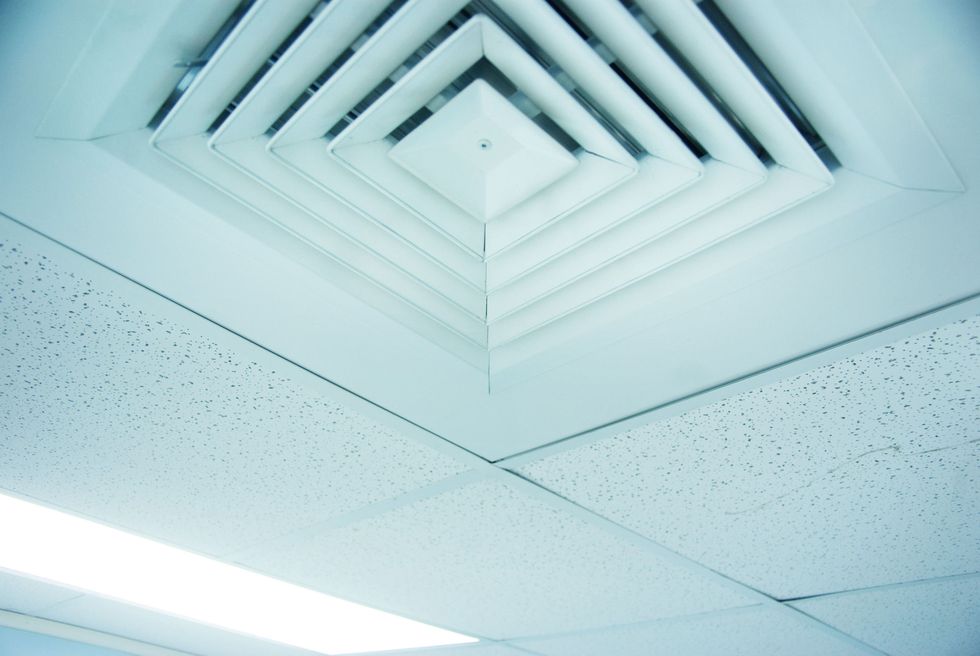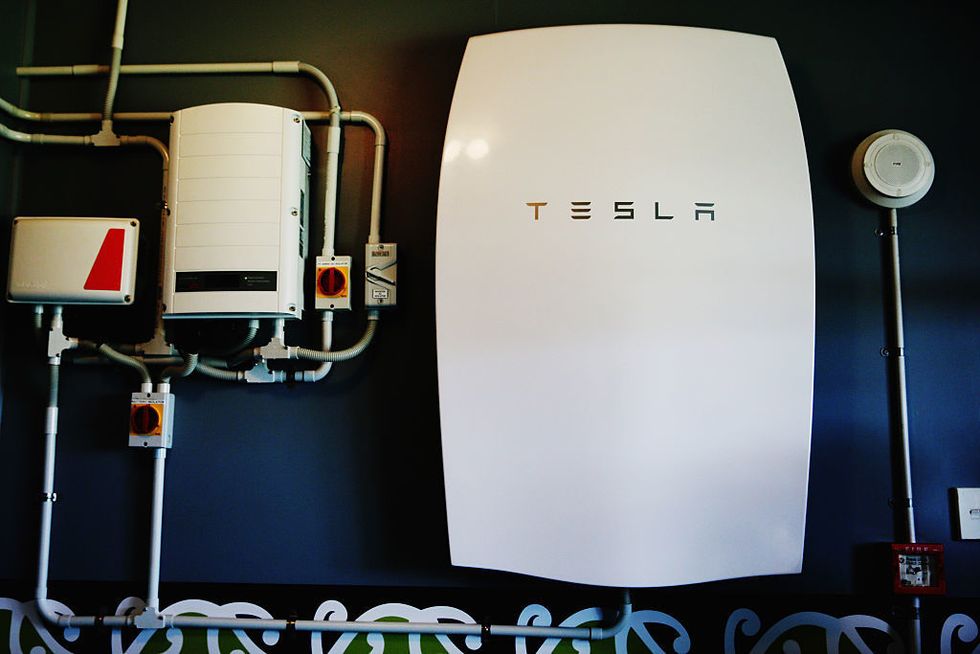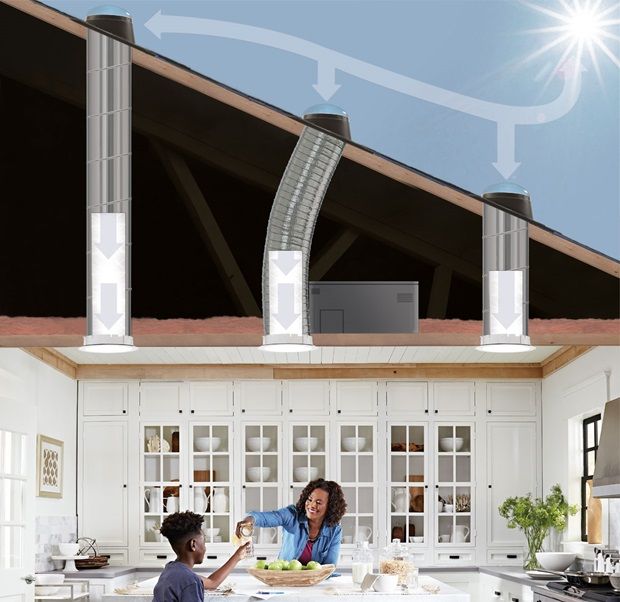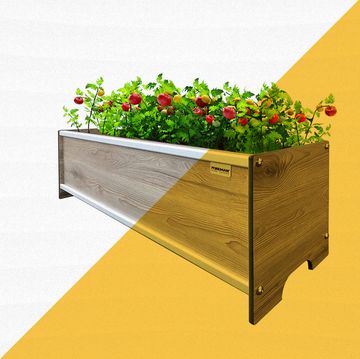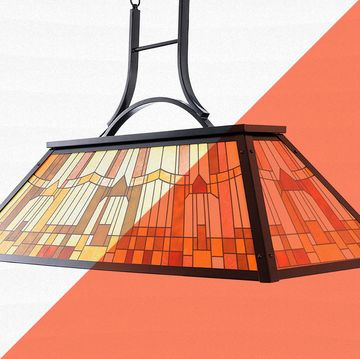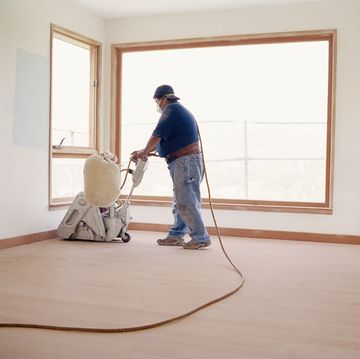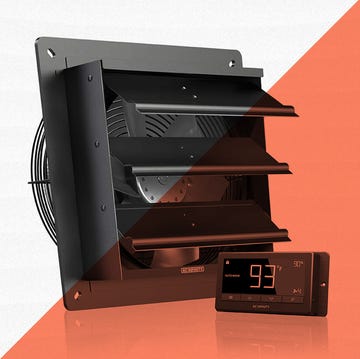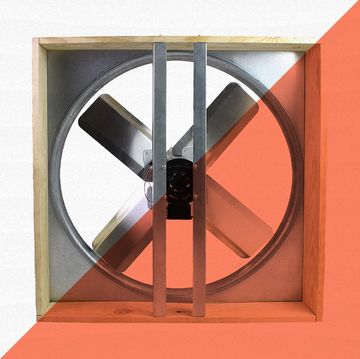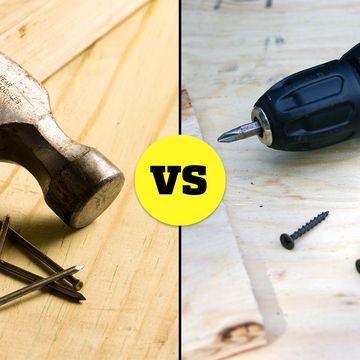One of the most popular and effective ways to produce renewable energy is with photovoltaic (PV) panels. The panels are typically placed on the roof or in the yard where they capture the sun’s energy and convert it into electricity. And depending on your latitude and the orientation of the panels, you could generate 10 or more watts per square foot. When calculating the right size solar system for your home, keep in mind that the average American household consumes about 900 kilowatt-hours (kWh) of electricity per month, according to the U.S. Energy Information Administration.
There are two common ways to get a PV solar system: solar leasing and outright ownership. You may have received mailings from companies offering free solar leasing systems. And, although it sounds too good to be true, the systems are free, including the solar panels and installation. These deals are known as Power Purchase Arrangements (PPA), and here’s how they work: A third party hires the installation crew and covers the cost of the solar system. It then charges you only for the solar energy produced by the system. The rate is locked in for a specific period of time, and is typically much lower than what you’re currently paying the utility company. The key benefit, as mentioned earlier, is that you pay nothing for installation or maintenance. However, you also don’t qualify for any tax credits or rebates; those go directly to the leasing company.
With outright ownership, you receive 100 percent of the solar energy produced by the system, and you qualify for all state and federal tax credits, rebates and incentives. The downside is that you must pay for the entire system, including the panels, installation and maintenance. However, most homeowners recoup the cost within a few years through lower electric bills, and even sooner if the system produces an excess of electricity that can be sold back to the utility company.
Here’s an alternative to roof-mounted solar panels: If your current roof is nearing the end of its life, you might want to consider investing in solar shingles. Solar shingles, which are also known as building-integrated photovoltaics (BIPV), are thin, flat solar panels that replace many of the existing shingles on the roof. As a result, BIPV are less obtrusive and sleeker looking than traditional PV panels, which are mounted on top of your current roof. Solar roof shingles are currently available from several companies, including CertainTeed, Tesla Solar Roof, and SunTegra.
Of course, the drawback to solar power is that it only works when the sun is up. If you want to power your home when the sun is down, you'll need to pay for grid electricity or invest in a second type of renewable energy.
